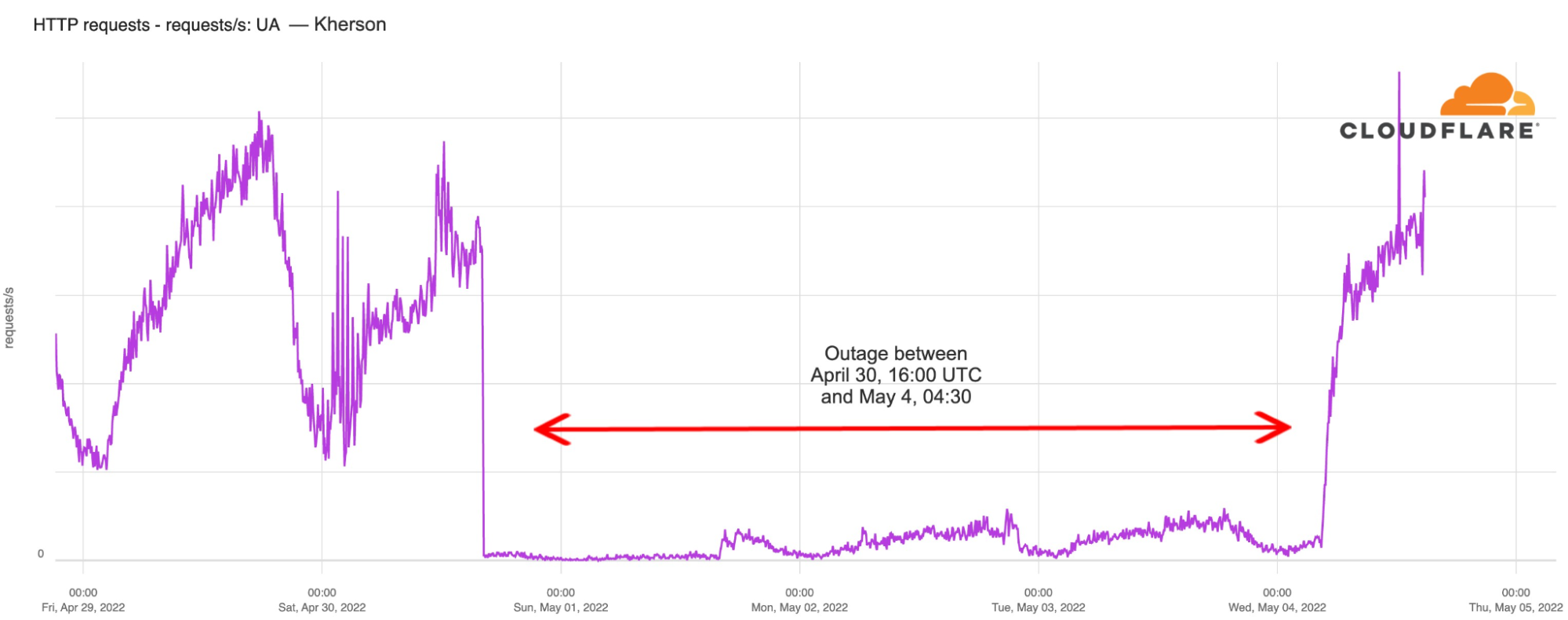Arkansas engineer wins round 3 of Project Jengo, and Cloudflare continues to win at the Patent Office


We are excited to announce another Project Jengo winner, and provide you with an important update on our fight against Sable Networks.
As a reminder, Project Jengo is Cloudflare’s efforts to flip the incentive structure that has encouraged the growth of patent trolls that seek to leverage overbroad and unpracticed patents to extract settlements from operating entities. We do this by refusing to settle patent cases brought against us by trolls, and instead, use a crowdsourced bounty to identify prior art that undermines the value of the troll’s patents, and not just the ones asserted against Cloudflare. This is the second iteration of Project Jengo, which is focused on a patent troll called Sable.
Even though the case against Sable has been active for over a year now, and we’ve already achieved some great results, we haven’t let up the pressure. We’re now also giving out Cloudflare T-shirts to new Project Jengo participants – all you need to do is submit prior art related to any of the Sable patents this year and the first 100 participants with a U.S. mailing address will receive a Cloudflare t-shirt.
$5,000 to Project Jengo’s round three winner!
We have already awarded $30,000 Continue reading
Practical Python For Networking: 8.0 – Conclusion – Video
The final episode in this course reviews everything we covered. Thanks for watching! Course files are in a GitHub repository: https://github.com/ericchou1/pp_practical_lessons_1_route_alerts Eric Chou is a network engineer with 20 years of experience, including managing networks at Amazon AWS and Microsoft Azure. He’s the founder of Network Automation Nerds and has written the books Mastering Python […]
The post Practical Python For Networking: 8.0 – Conclusion – Video appeared first on Packet Pushers.
Configure Hardware Labs with netsim-tools
netsim-tools started as a simple tool to create virtual lab topologies (I hated creating Vagrantfiles describing complex topologies), but when it morphed into an ever-growing “configure all the boring stuff in your lab from a high-level description” thingie, it gave creative networking engineers an interesting idea: could we use this tool to do all the stuff we always hated doing in our physical labs?
My answer was always “of course, please feel free to submit a PR”, and Stefano Sasso did just that: he implemented external orchestration provider that allows you to use netsim-tools to configure IPv4, IPv6, VLANs, VRFs, LLDP, BFD, OSPFv2, OSPFv3, EIGRP, IS-IS, BGP, MPLS, BGP-LU, L3VPN (VPNv4 + VPNv6), SR-MPLS, or SRv6 on supported hardware devices.
Configure Hardware Labs with netlab
netlab started as a simple tool to create virtual lab topologies (I hated creating Vagrantfiles describing complex topologies), but when it morphed into an ever-growing “configure all the boring stuff in your lab from a high-level description” thingie, it gave creative networking engineers an interesting idea: could we use this tool to do all the stuff we always hated doing in our physical labs?
My answer was always “of course, please feel free to submit a PR”, and Stefano Sasso did just that: he implemented external orchestration provider that allows you to use netlab to configure IPv4, IPv6, VLANs, VRFs, VXLAN, LLDP, BFD, OSPFv2, OSPFv3, EIGRP, IS-IS, BGP, MPLS, BGP-LU, L3VPN (VPNv4 + VPNv6), EVPN, SR-MPLS, or SRv6 on supported hardware devices.
Tracking shifts in Internet connectivity in Kherson, Ukraine

The Internet is not only a human right according to the United Nations, and a way to get information, but it has also become an important element in geopolitical conflicts, like the war going on in Ukraine. We have previously written about Ukrainians moving westward to escape the war and Internet outages in the country, but also about the importance of the open Internet in Russia.
Over this past week, we observed an outage in the occupied city of Kherson, south Ukraine, coupled with an apparent shift in who controls the Internet within the region. First, let’s give some context and show what we saw.
The Russian-occupied Kherson (a city of 280,000 people) experienced an Internet outage on Saturday, April 30, 2022, that began just after 16:00 UTC. The outage lasted until Wednesday, May 4, with traffic starting to return around 04:30 UTC traffic.

In the chart below, we can see that there was a 43% decrease in traffic from Kherson from February 23 to 24, after the war started. However, this weekend’s outage is the most significant disruption to Internet traffic in Kherson since the start of the war.

According to Ukraine’s vice Prime-Minister, Mykhailo Fedorov, and Continue reading
Tech Bytes: Flexible Cloud Migration Using VMware vRealize Network Insight Universal (Sponsored)
Welcome to the Tech Bytes podcast. VMware is our sponsor, and we’re discussing vRealize Network Insight Universal, the SaaS version of vRealize Network Insight. We look at how it can help with your cloud migration project.
The post Tech Bytes: Flexible Cloud Migration Using VMware vRealize Network Insight Universal (Sponsored) appeared first on Packet Pushers.
Tech Bytes: Flexible Cloud Migration Using VMware vRealize Network Insight Universal (Sponsored)
Welcome to the Tech Bytes podcast. VMware is our sponsor, and we’re discussing vRealize Network Insight Universal, the SaaS version of vRealize Network Insight. We look at how it can help with your cloud migration project.Day Two Cloud 145: Using Open Policy Agent For Cloud-Native Policy Enforcement
Today's Day Two Cloud explores the Open Policy Agent (OPA), an open-source project that serves as a policy engine for cloud-native environments. According to the OPA Web site, you can use OPA to "enforce policies in microservices, Kubernetes, CI/CD pipelines, API gateways, and more." Guest Anders Eknert walks through how it works, use cases, and more.HS022 Top Mistakes Customers Make Dealing With Vendors
Contracts are caveat emptor but the client often knows little about the what they are buying and why.
The post HS022 Top Mistakes Customers Make Dealing With Vendors appeared first on Packet Pushers.